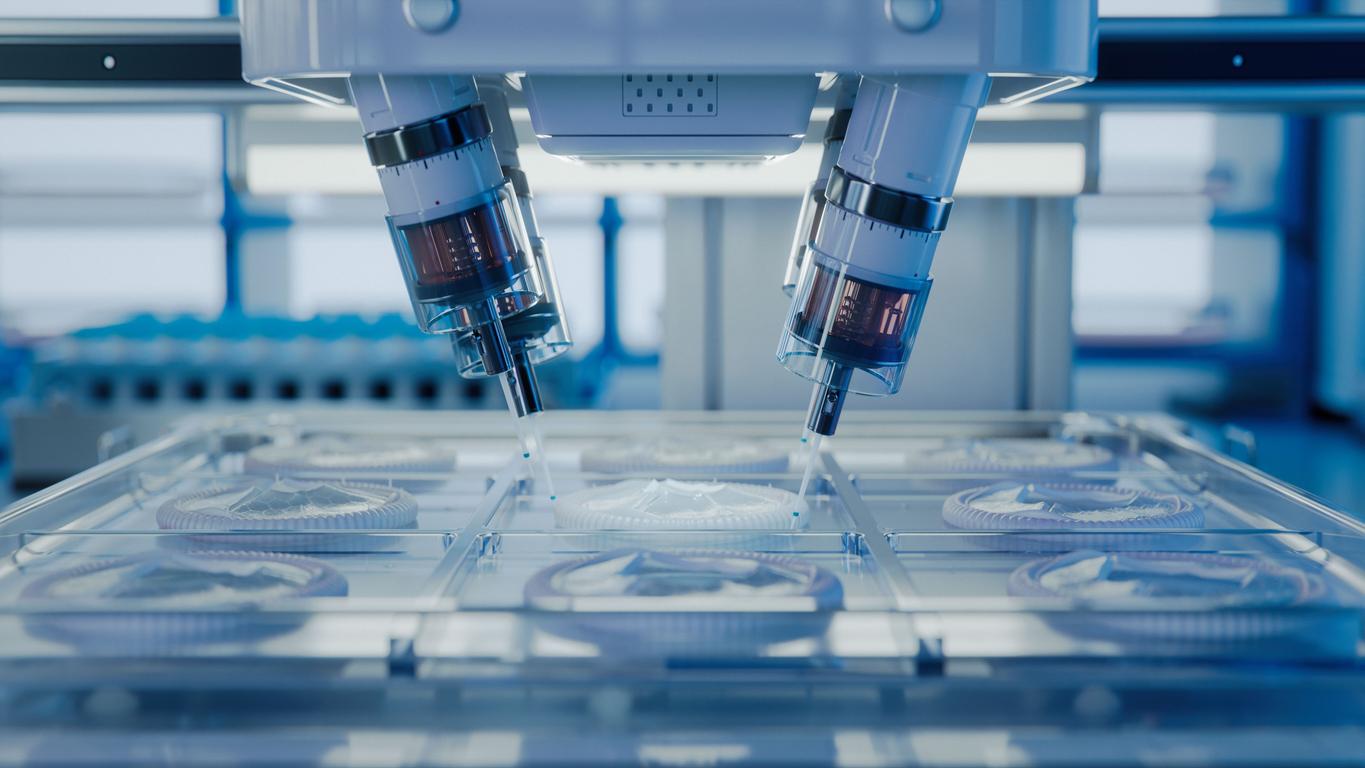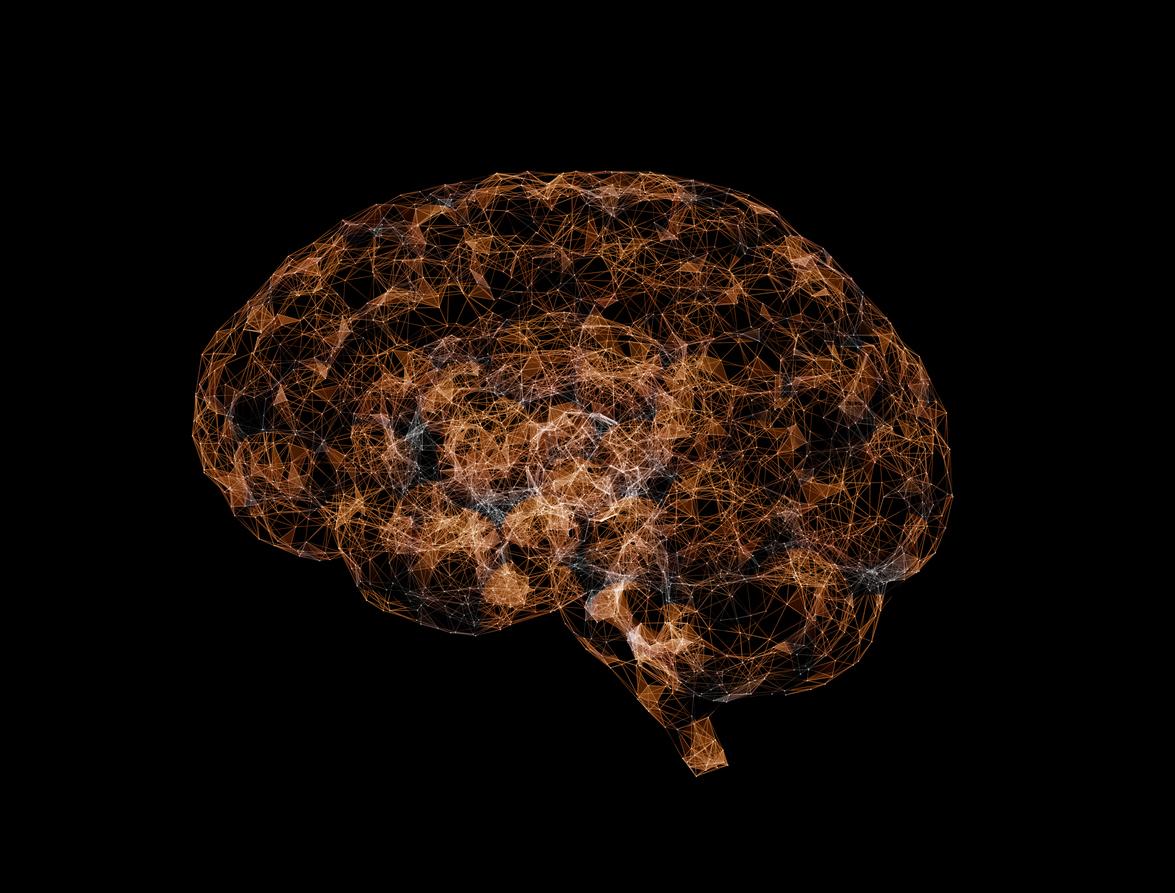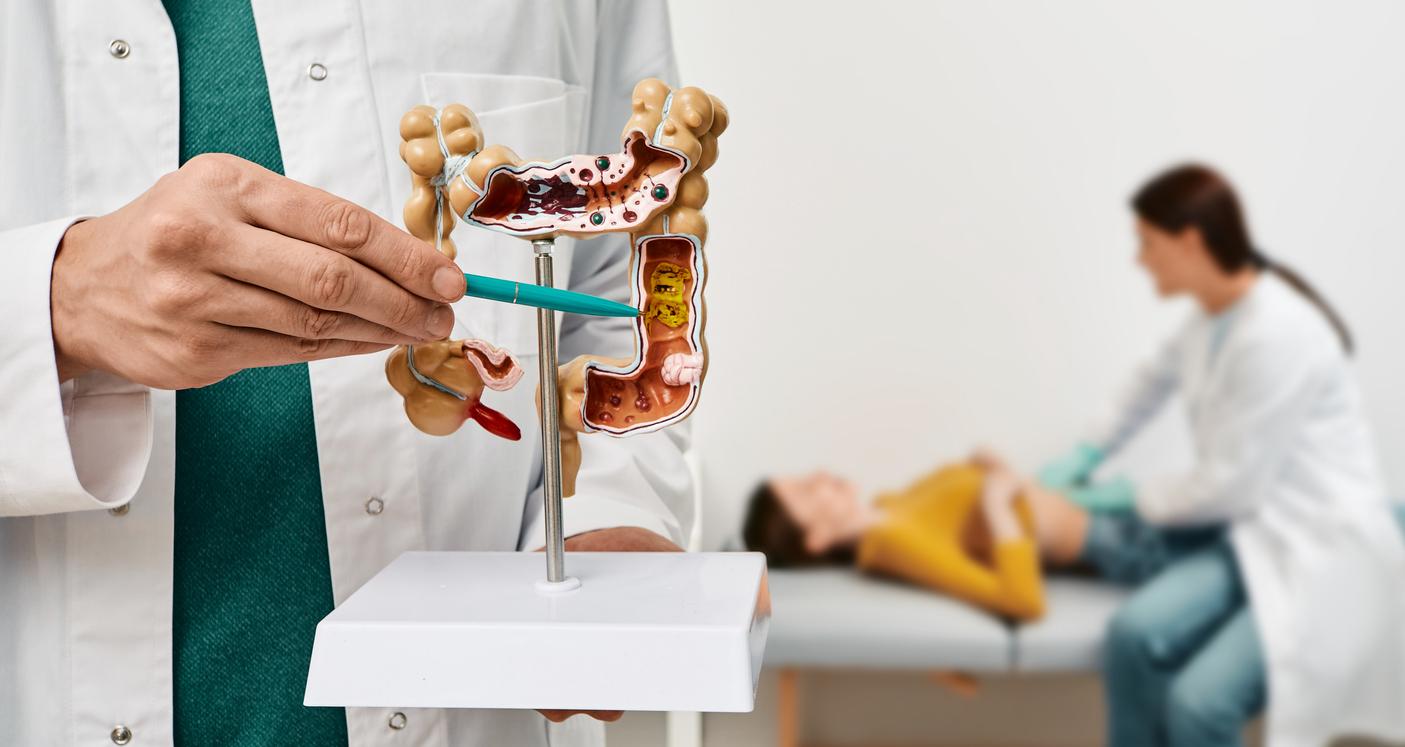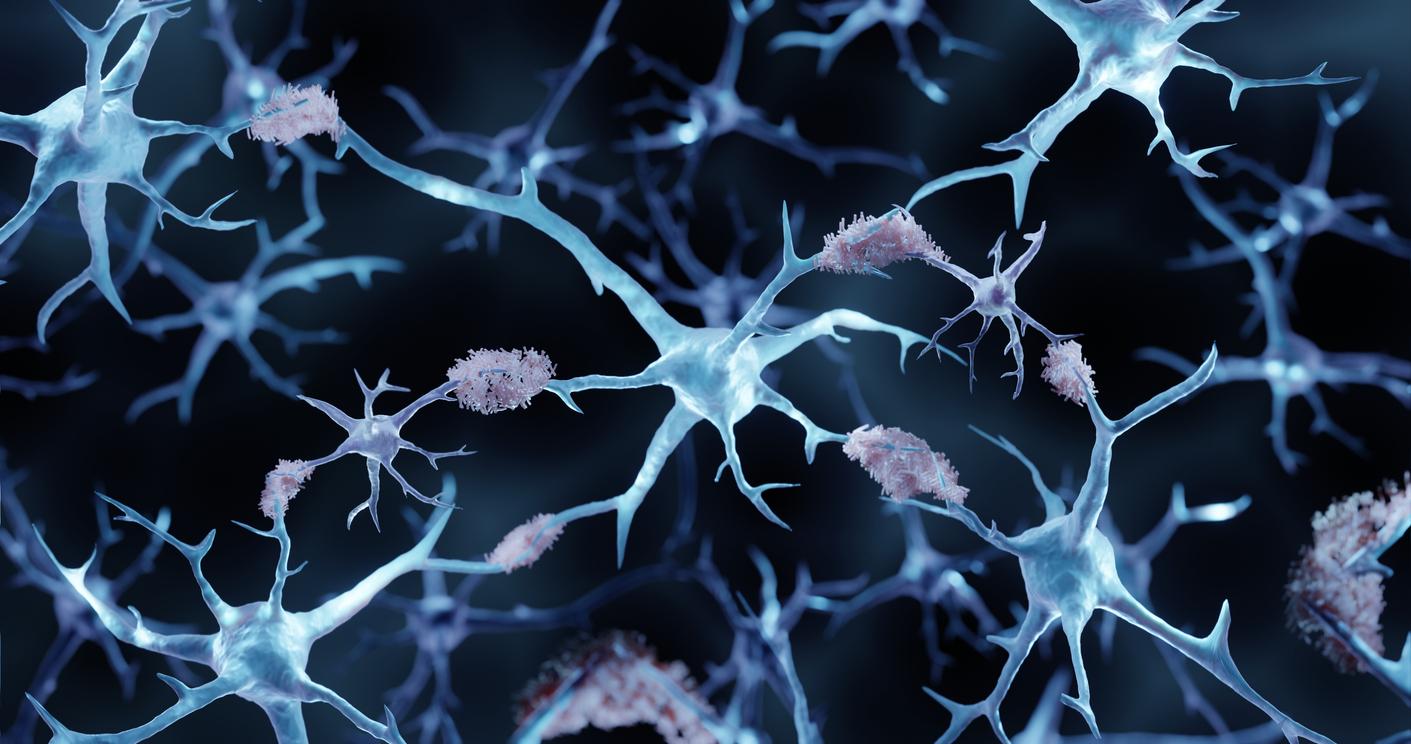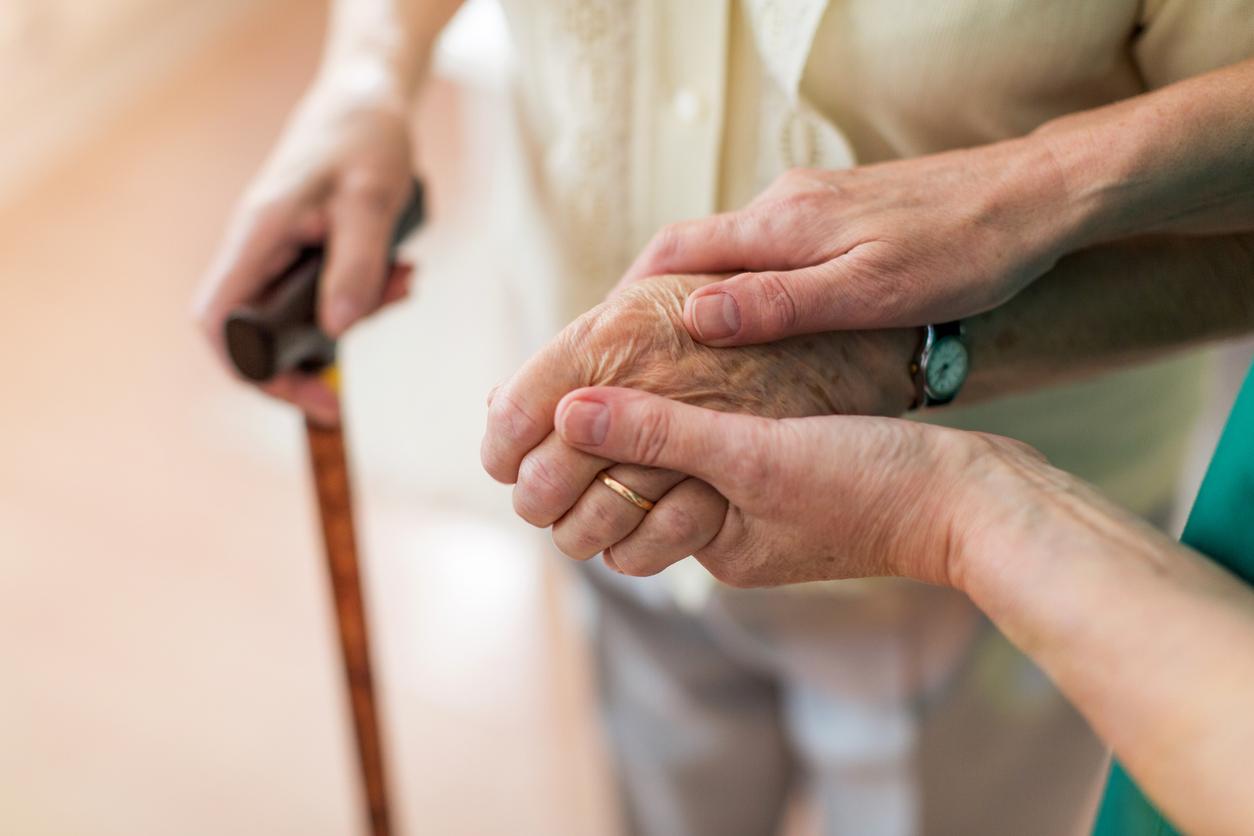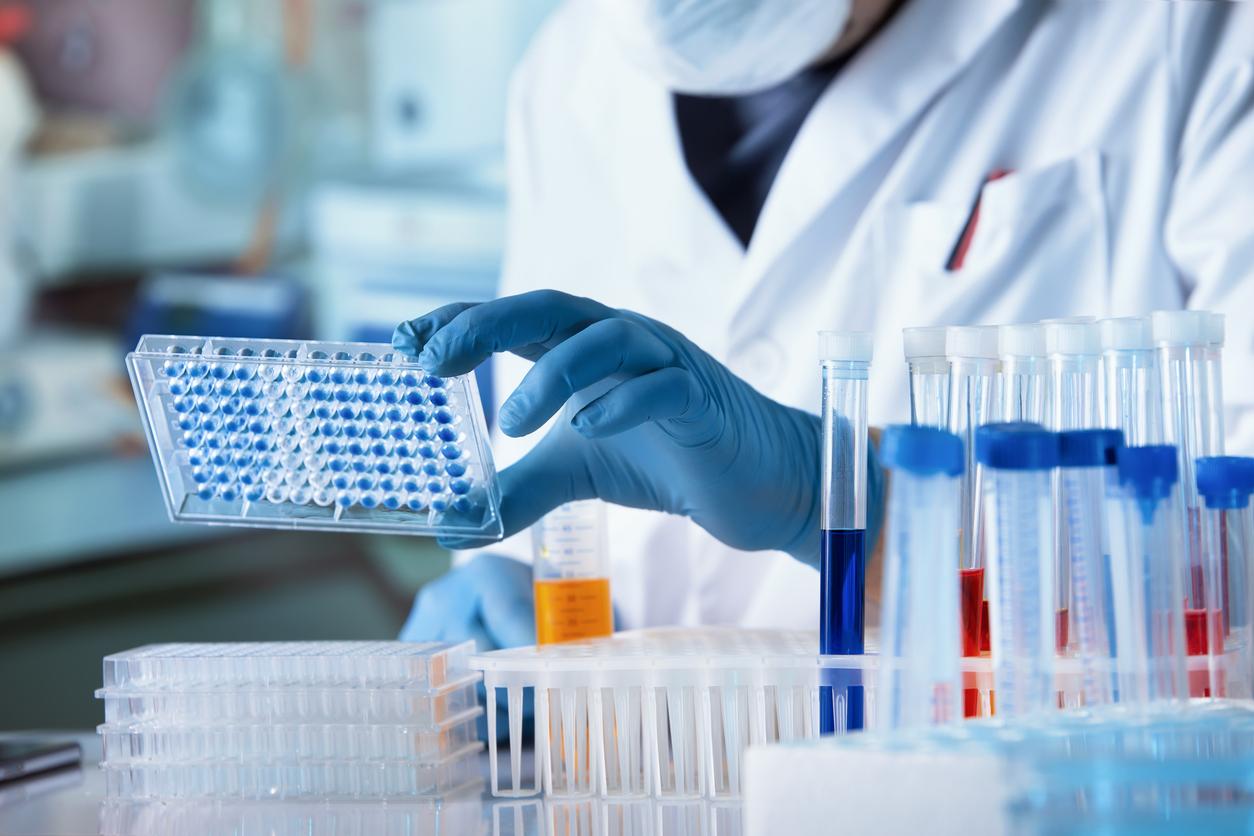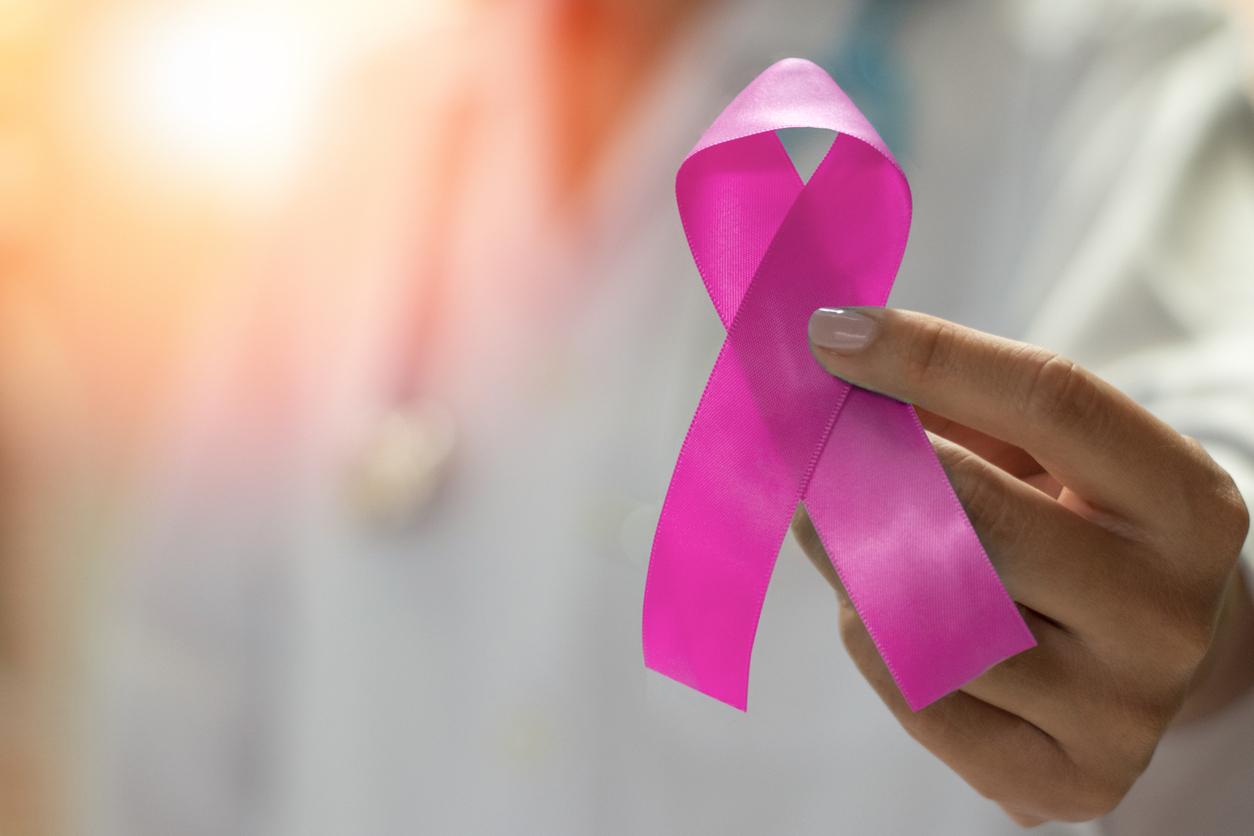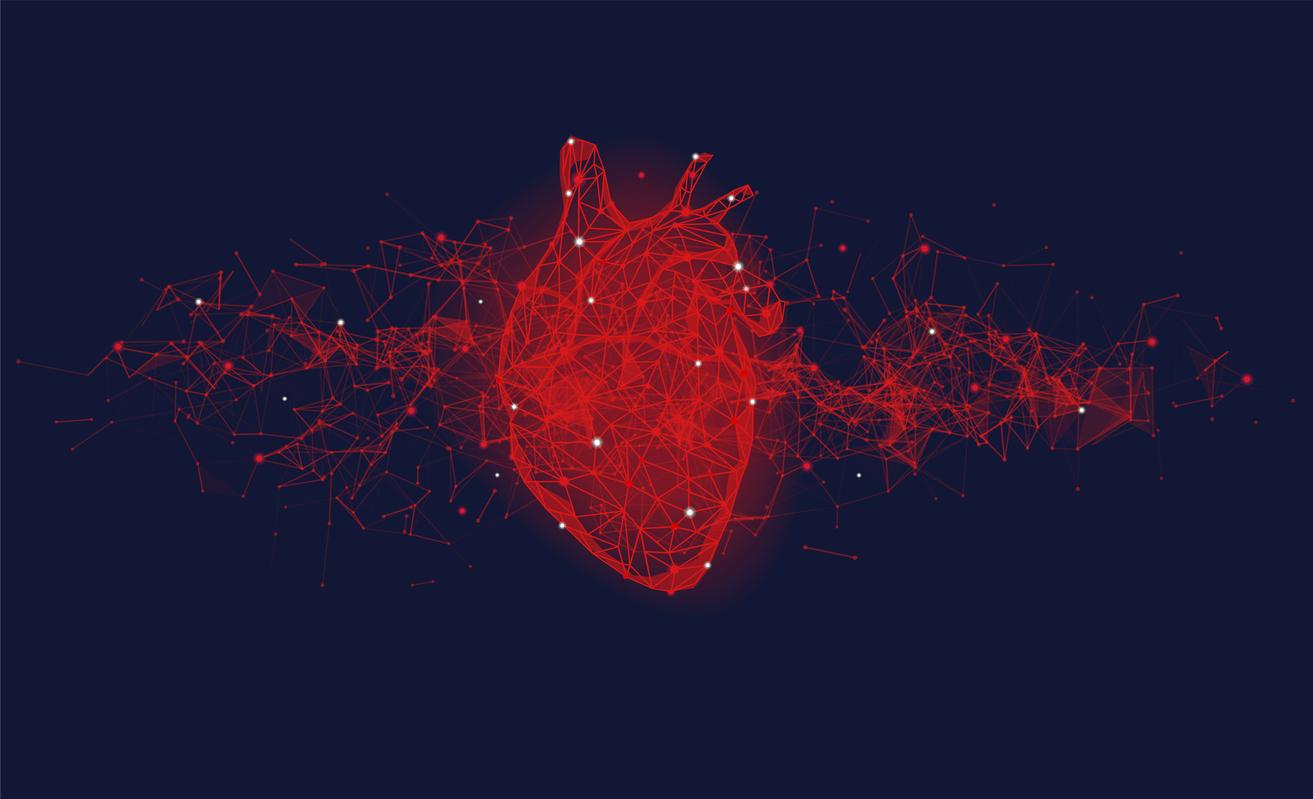Controlling fat cells could soon make it possible to finally beat those extra pounds.
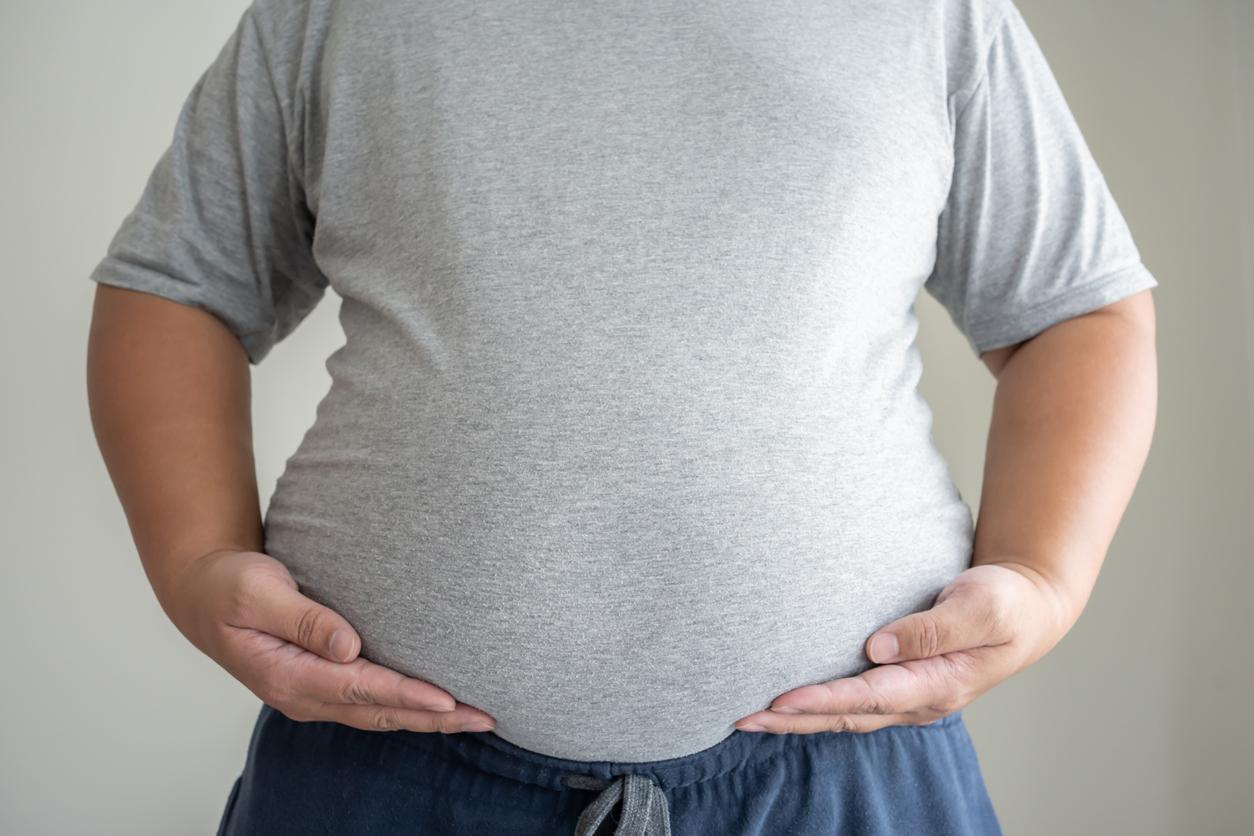
- 49% of French people are overweight or obese, putting their health at risk.
- For many, losing weight sustainably is difficult.
- To help them, scientists have found a way for our bodies to burn calories on their own instead of storing them.
Scientists have found a way to turn white fat cells into beige fat cells, forcing them to burn calories instead of storing them. Although the experiment has only been conducted on mice so far, they say their discovery could lead to the development of new weight-loss treatments for humans.
We all have three types of fat cells: white, brown, and beige. White fat cells store fat and can make us gain weight when there are too many of them. Brown fat cells, on the other hand, are designed to burn calories to keep us warm. Finally, the beige variety has the ability to do both, storing energy when needed and burning it when needed.
Interestingly, white fat cells can turn beige following exercise or exposure to cold, and many scientists have spent years looking for a way to control this process pharmacologically.
Effortless Weight Loss: “Many People Thought It Wasn’t Possible”
In previous work on mice, researchers had already discovered that the distinction between different types of fat cells depends largely on a protein called KLF-15, which is present in much higher concentrations in brown and beige fat cells than in white fat cells. The authors of the new study cited at the beginning of the article therefore decided to breed a line of mice whose white fat cells were completely devoid of this protein. They then found that this caused these fat cells to transform into beige fat cells.
“A lot of people thought it wasn’t feasible,” said essay author Brian Feldman in a press release.But we showed not only that this approach works to transform these white fat cells into beige fat cells, but also that the bar to achieve this was not as high as previously thought.”
Indeed, removing just one protein is enough to achieve the transformation, at least in rodents. To get a better idea of how well this method works in humans, the researchers looked at the role KLF-15 plays in human fat cells grown in the lab.
The results indicate that the protein interacts with a type of receptor called Adrb1. This discovery could fill in the puzzle, as scientists had previously focused only on a related receptor called Adrb3, without success.
The study authors therefore believe that developing new drugs that interact with Adrb1 might have a better chance of reducing obesity by converting white fat cells into beige fat cells.
Effortless weight loss: “We haven’t reached the finish line yet”
“We certainly haven’t reached the finish line, but we are close enough to clearly see how our findings could have a significant impact on the treatment of obesity,” concludes Brian Feldman.
His study was published in The Journal of Clinical Investigation.
According to a report recently published by the League against Obesity, 49% of French people are overweight or obese, thereby putting their health at risk.





